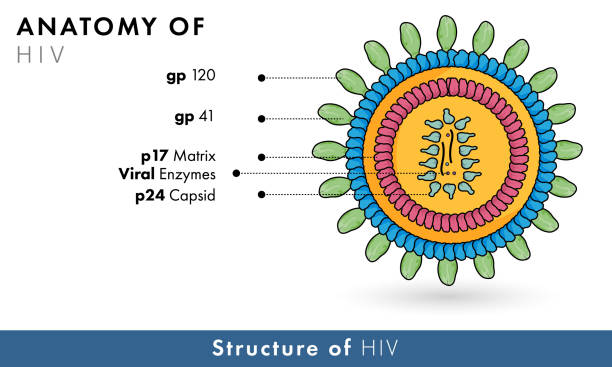Prevention is better than cure applies to AIDS much more than to any other mass disease. Unfortunately the most effective preventive effective, namely, vaccine is not yet available for preventing AIDS. Fortunately, we have an alternative weapon to annihilate the HIV. Yes! It’s education on the same.
‘Catch them young’ should be the mantra for deciding the priority target for AIDS education. Accordingly the high school and college students should be the ones to be made aware of how to avoid AIDS and encouraged to follow the preventive advice to the letter. Next to the students long distance truckers and industrial workers should be exposed to health education. Commercial sex worker and health professionals dealing with AIDS patients also need to be educated
Content of Aids Education
The first topic to be covered in the course of education is how AIDS spreads and how it doses not spread. It spreads through sexual intercourse, through transfusion of contaminated blood and blood products, through infected needles, through contact with spilled blood of infected persons and finally through mother to her fetus. It does not spread through kissing, shaking hands or body contacts with an infected person, by sharing his clothes or by inhaling the droplets of his nasopharyngeal secretions.
The next important topic of aids education is safe sex practices. These are abstinence; faithful monogamous sex with an HIV-negative partner who too is similarly faithful; use of a condom with a spermicide, God forbid, in case of extra-marital sex; and non-penetrative sex, the so-called ‘outercourse’, such as mutual masturbation.
Next point of discussion is about syringes and needles. Patients, who need drugs that are injected, should use either disposable syringes and needles, or those that have been autoclaved. The motto should be ‘one syringe, one needle and one patient’.
Commercial sex workers are educated to insist on their clients wearing condoms.
Aids Education for health professionals:
The health care workers who come into contact with HIV patients’ blood or body fluids like vaginal secretion, amniotic fluid, peritoneal fluid, pleural fluid, or cerebrospinal fluid are advised to take what are known as universal precautions.
a) They are educated to wash their hands with soap and water after handling blood/body fluids, after giving first aid, after removing gloves, or after cleaning objects and surfaces contaminated with blood or body fluids.
b) They are advised not to mouth pipettes, nor to manipulate, bend, break or re-sheath needles.
c) They should wear personal protective equipment like latex gloves, aprons, and goggles, glasses with side shields, masks, and shoe covers.
d) They should dispose off the needles only into a wide mouthed plastic bottle or ‘sharps container.’ When the bottle is full, they should dispose it off through incineration.
e) They are advised to rinse the syringe with water, soak it with needles, lancets, etc., in a disinfectant (3% glutaraldehyde, 4% formalin, 2% chloramine, 6% hydrogen peroxide, or 10% hypochlorite solution); then wash and steam sterilize or boil for 20 minutes. Finally, they rinse the syringe with the disinfectant once and with water twice.
f) If a needle prick occurs, they should make it bleed and wash it well with soap and water.
The bottom line is it is easy to give a piece of advice than following it.








